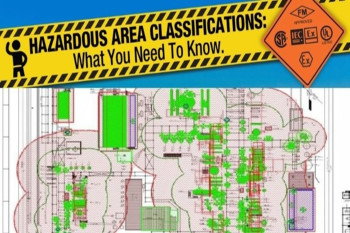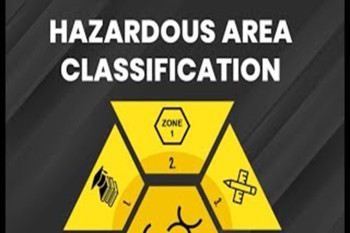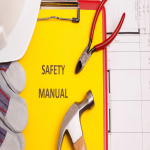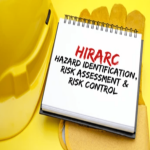METHODOLOGY FOR LAYERS OF PROTECTION ANALYSIS (LOPA)
1. Proposed Methodology
1.1. Introduction
The LOPA (Quantitative Technique) is based on establishing a tolerable frequency for each consequence resulting from an impact event.
LOPA is a simplified form of risk assessment. LOPA typically uses order of magnitude categories for initiating event frequency, consequence severity, and the likelihood of failure of independent protection layers (IPLs) to approximate the risk of a scenario.
LOPA is an analysis tool that typically builds on the information developed during a qualitative hazard evaluation, such as a process hazard analysis (PHA). LOPA is implemented using a set of rules.
LOPA or Layer of Protection Analysis is a study developed on the basis of a risk identification analysis (like HAZOP). The main purpose of that study is to identify the countermeasures available against the potential consequences of a particular risk. Starting from the quantification of the likelihood of a particular hazard, the study analyze the system, and identify, using a quantitative approach, the mitigation measures against the hazard under study. The countermeasures or ‘protective layers’, must be independent to be effective.
1.2. Methodology
These steps are illustrated in the flowchart below
Clearly define the scenario (Severity 4 & Severity 5 scenarios in HAZOP study) under consideration, including the initiating event, potential consequences, and the elements of the system at risk.
Estimate the frequency or likelihood of the initiating event, which is the event that could lead to the undesired consequences.
Identify and list all possible independent protection layers that can mitigate or prevent the occurrence of the undesirable event.
Define risk tolerability criteria for the scenario, including the acceptable level of risk and the required level of risk reduction. (For Elimination and reduction of risk refer, “Appendix A”).
Assess each independent protection layer to determine its effectiveness in reducing the risk. This involves considering factors such as reliability, availability, and effectiveness of each layer.
Using the information gathered, calculate the risk associated with the scenario. This is often done by multiplying the initiating event frequency by the likelihood of failure of each protection layer.
Compare the calculated risk with the predefined risk tolerability criteria. If the risk is below the acceptable level, no further action may be needed. If the risk exceeds the acceptable level, additional protection layers or risk reduction measures may be required.
Document the results of the LOPA study, including the identified hazardous scenarios, IPLs, risk assessments, and any recommended risk reduction measures.
Figure 1: LOPA Methodology Flow sheet
1.3. Documents Required
HAZOP Report
1.4. Project Deliverables
Table 1:LOPA Study
1.5. Guideline Used for LOPA Study
CCPS Guidelines, “Guidelines for Risk Based Process Safety”
IEC 61511 (Functional Safety - Safety Instrumented Systems for the Process Industry Sector)
IEC 61508:2010 “Functional safety of electrical/electronic/programmable electronic safety-related systems”
DISCLAIMER
HSE Risk Management Services Private Limited accepts no liability or responsibility whatsoever for it in respect of any use of or reliance upon this Methodology by any third party.
Copying this Methodology without the permission of HSE Risk Management Services Private Limited is not permitted.










